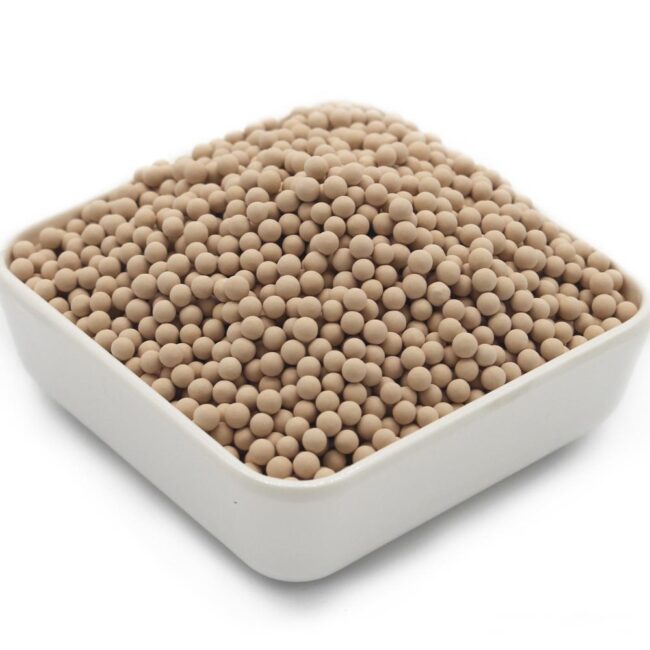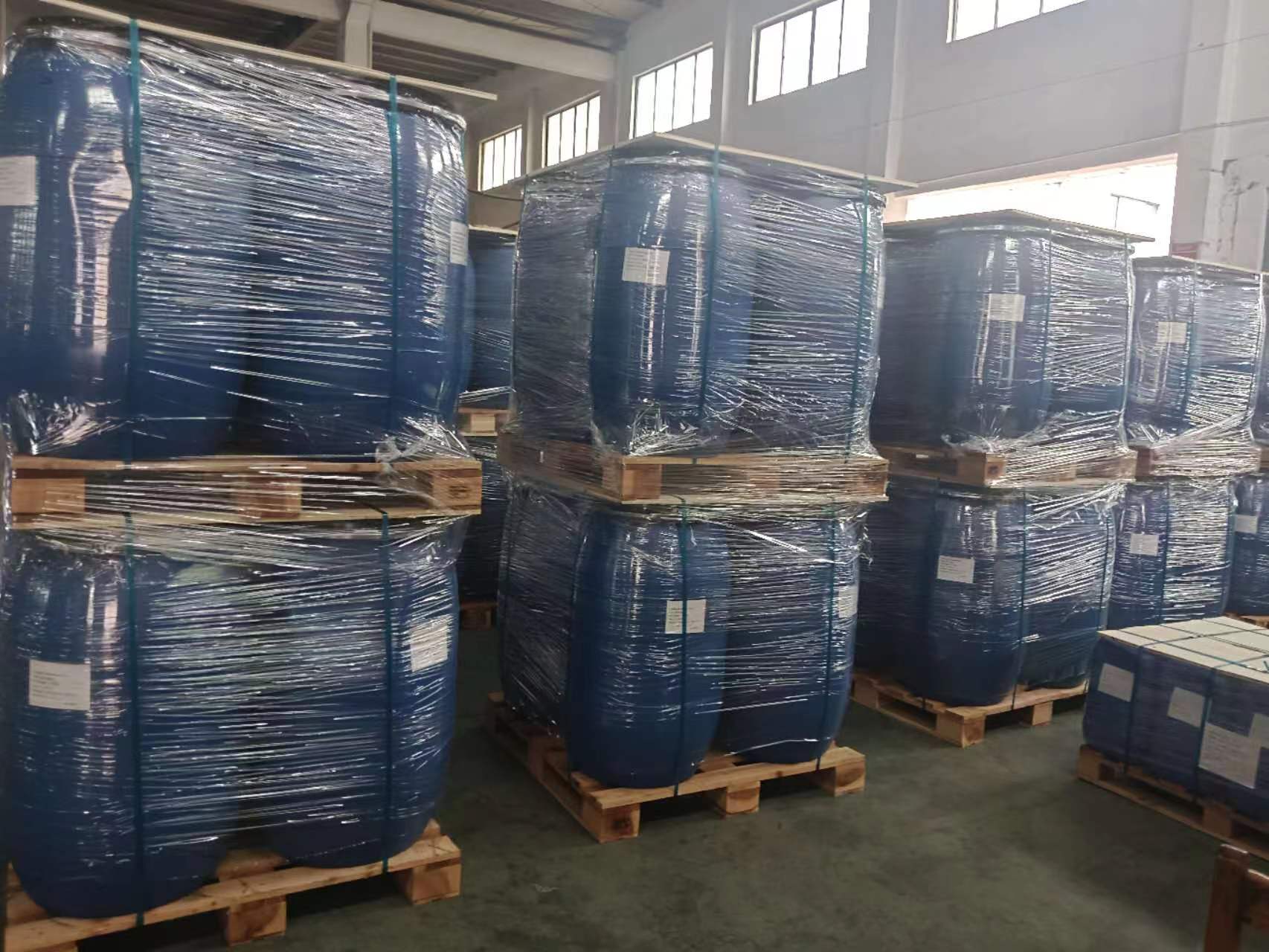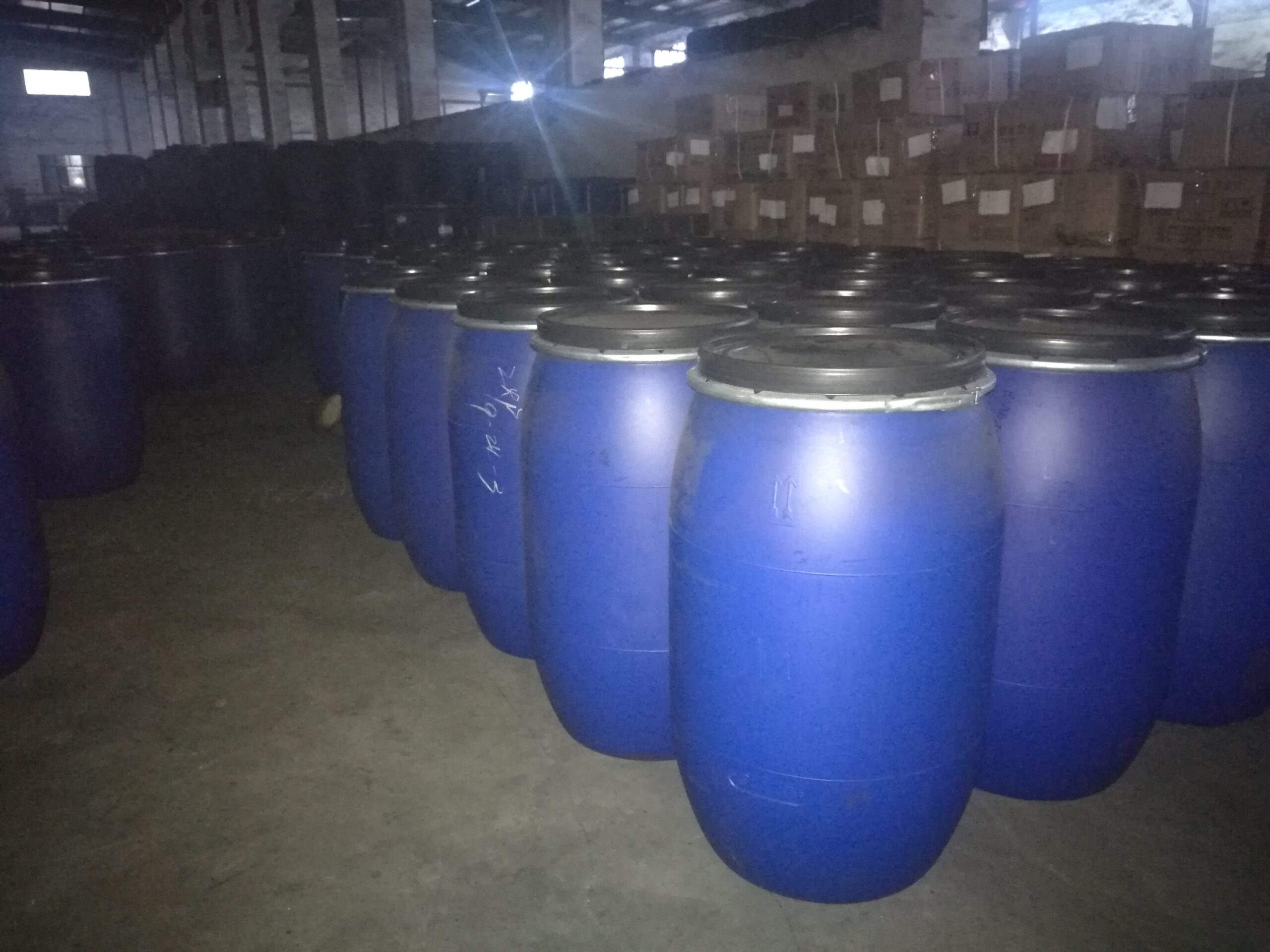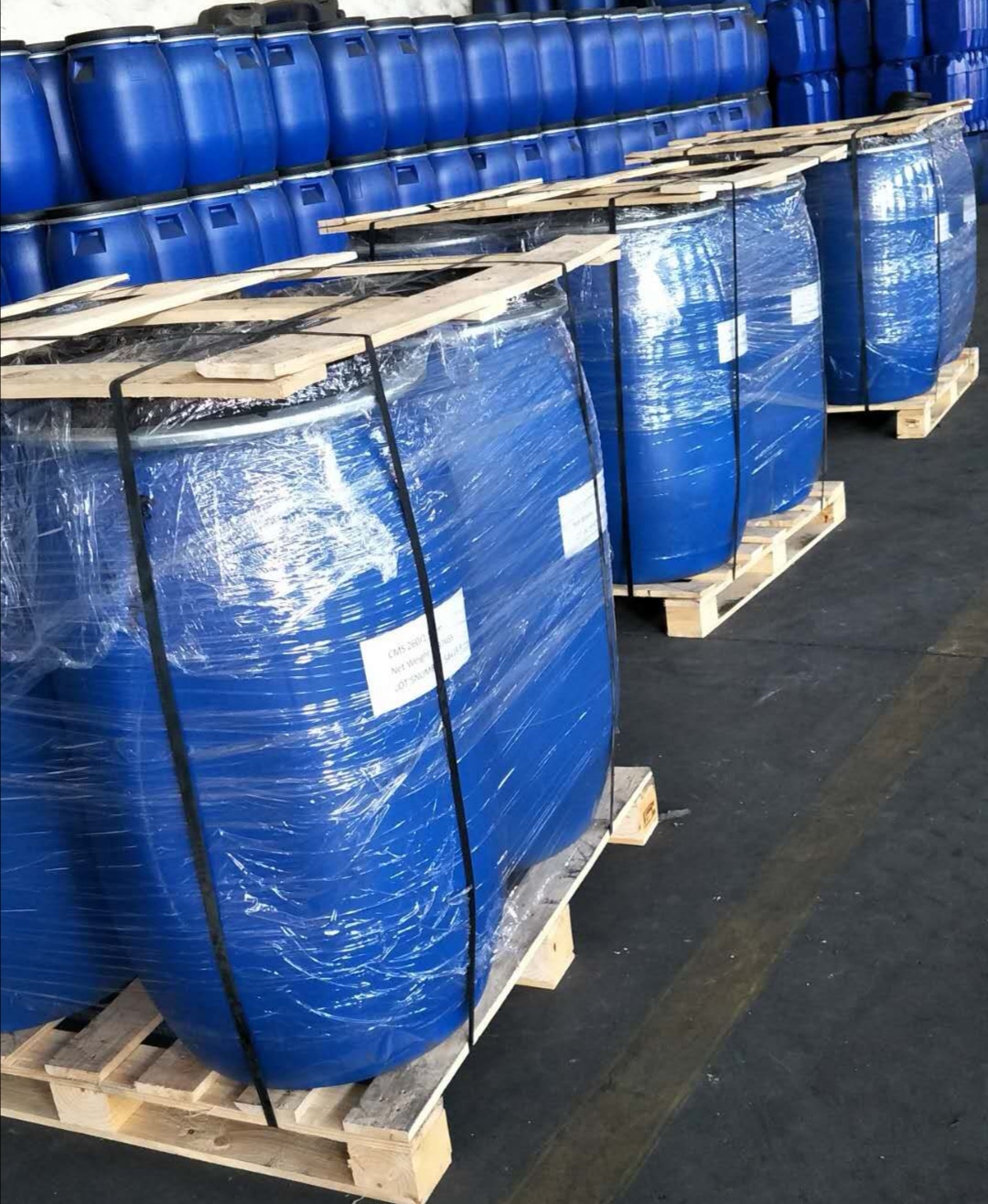What is a molecular sieve? What types of molecular sieves are there? How to regenerate them?
There are many types of adsorbents, including activated carbon, activated alumina balls, silica gel, and molecular sieves. Molecular sieves are highly adsorptive adsorbents suitable for drying and adsorbing various gases. Today, we will explain the relevant knowledge of molecular sieves. Molecular sieves are silicoaluminates mainly composed of silicon and aluminum connected by oxygen bridges to form a spacious framework structure. There are many uniform-sized channels and neatly arranged cavities with large internal surface areas in the structure. In addition, they contain metal ions with low valence and large ionic radii, as well as combined water. Due to the continuous loss of water molecules upon heating, while the crystal framework structure remains unchanged, many cavities of the same size are formed, and these cavities are connected by many micro-pores of the same diameter. Molecules smaller than the pore diameter are adsorbed inside the cavities, while larger molecules are excluded, thus separating molecules of different sizes and shapes, which is why they are called molecular sieves. They are mainly used for deep drying of various gases and liquids, separation and purification of gases and liquids, and as catalyst carriers, and are therefore widely used in oil refining, petrochemicals, chemical industry, metallurgy, electronics, defense industry, and also increasingly in medicine, light industry, agriculture, environmental protection, and many other fields.
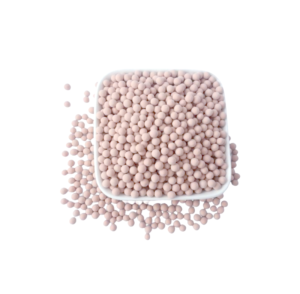
3A molecular sieve is mainly used for drying petroleum cracking gas, olefins, gas plants, and oil field gas. It is a drying agent used in industries such as chemical engineering, medicine, and hollow glass.
Chemical formula: 2/3K2O·1/3Na2O·Al2O3·2SiO2·9/2H2O
Main uses:
1. Drying of liquids (such as ethanol)
2. Drying of air in hollow glass
3. Drying of nitrogen-hydrogen mixed gas
4. Drying of refrigerants
4A molecular sieve is mainly used for drying natural gas, various chemical gases and liquids, refrigerants, pharmaceuticals, electronic materials, and volatile substances, as well as for purifying argon, separating methane, ethane, and propane.
Chemical formula: Na2O·Al2O3·2SiO2·9/2H2O
Main uses:
1. Deep drying of gases and liquids such as air, natural gas, hydrocarbons, and refrigerants
2. Production and purification of argon
3. Static drying of electronic components and moisture-sensitive substances
4. Dehydration agent in paints, polyesters, dyes, and coatings
5A molecular sieve
Chemical formula: 3/4CaO·1/4Na2O·Al2O3·2SiO2·9/2H2O
Main uses:
1. Drying of natural gas, desulfurization, and removal of carbon dioxide
2. Separation of nitrogen and oxygen, nitrogen and hydrogen, and production of oxygen, nitrogen, and hydrogen
3. Petroleum dewaxing and separation of normal alkanes from branched and cyclic alkanes. (Regenerable)
13XAPG molecular sieve
Mainly used for purification of raw gas in large and medium-sized air separation units.
Special molecular sieve series for hollow glass can simultaneously adsorb moisture and residual organic substances in hollow glass, ensuring that the glass remains clean and transparent even at very low temperatures. It significantly reduces the strong internal and external pressure differences that hollow glass experiences due to seasonal and diurnal temperature variations, completely solving the problem of distortion and breakage caused by the expansion or contraction of ordinary hollow glass due to the use of ordinary drying agents, and greatly extending the service life of hollow glass.
Molecular sieve activation powder series is molecular sieve synthesized from raw materials after dehydration. It has certain dispersibility and rapid adsorption speed. It is mainly used as an additive in paints, resins, and related adhesives.
Regeneration of molecular sieves
To achieve good operational performance and as long a lifespan as possible, molecular sieves must be regenerated after a certain period of use. Correctly regenerated molecular sieves have the same adsorption and mechanical properties as new ones, with very low attenuation and aging. There are two basic methods for regenerating molecular sieves:
1. Changing the temperature, namely “temperature swing”. It is achieved by heating the molecular sieve to remove the adsorbed substances. In industry, it is generally done by heating the molecular sieve with preheated regeneration gas to around 200°C and blowing it through to carry away the desorbed adsorbate.
2. Changing the relative pressure, namely “pressure swing”. It is usually applied in gas-phase adsorption processes. The basic method is to keep the adsorbent temperature constant and remove the adsorbate by reducing the pressure and purging with inert gas.
Regeneration is usually carried out in the reverse direction of adsorption, which enables most of the adsorbate contained at the inlet of the adsorption bed to be removed without passing through the entire bed, and some of the molecular sieves do not come into contact with the wet and hot gas, thereby increasing the service life of the molecular sieve. The regeneration gas should be as dry as possible; otherwise, it will affect the adsorption efficiency.
